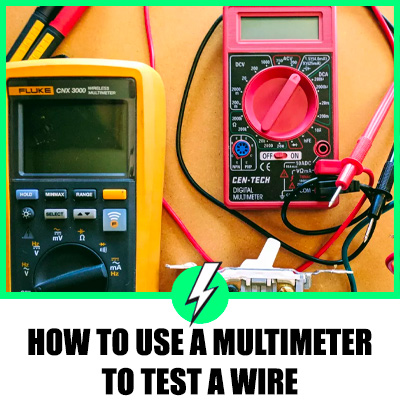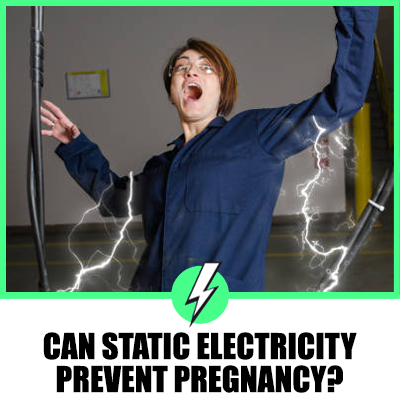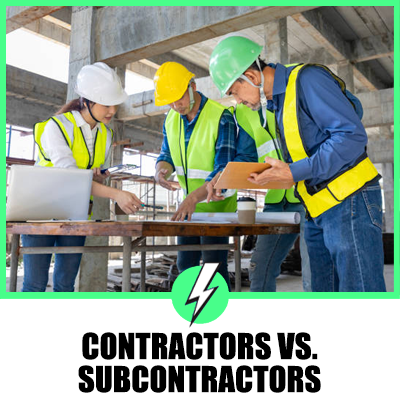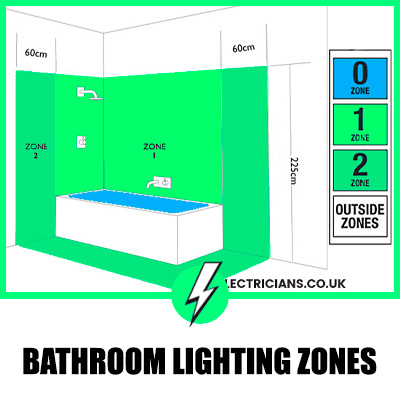What Is A Substation Electrician?
Is being a substation electrician a dangerous job? Do substation electricians have special qualifications to work on high voltages?
You need to be alert as an electrician working on any power system. Substations carry high voltage electricity, and as a consequence, if you get shocked, it’s likely to be fatal. Sunsation electricians have further training to work within the substation and handle high voltage.
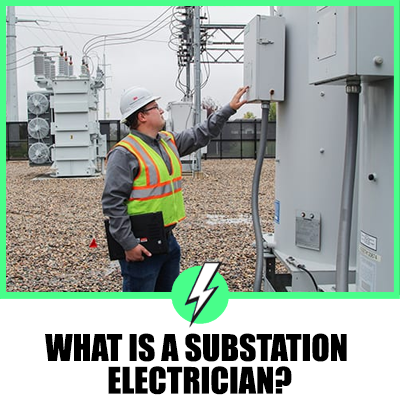
Contents
What is a substation electrician?
The substation electrician is there to provide maintenance to the equipment in the substation, such as transformers.
The substation electrician undertakes preventative maintenance to keep the substation running at its optimal performance.
Substations take high voltage power from the main grid and adjust that high voltage power into the 240 volts we use in our homes and offices around the country.
How do you become a substation electrician?
The best way is to take a recognised apprenticeship with a power generating company. You will need A levels in physics and maths as a minimum.
The apprenticeship is the best route to take. Some of the attributes required are willing to learn and who has a curious mind.
You must have a positive attitude to work and be prepared to take up the challenge of working in a potentially dangerous environment.
What’s the advantage of taking an apprenticeship to qualify?
- You will be trained by professionals who have a wealth of industry experience at a national level.
- You will be working alongside like-minded individuals with the desire to learn and progress within the industry.
- There is no need to accumulate student debt the way that some of the graduate recruits have done.
- You can train straight from leaving sixth form college or school once selected without the need for a university degree.
- You will be getting paid while you learn in state of the art facilities
- Once qualified, you will be on a career path that potentially can lead to high salaries.
Apprenticeships are sometimes the only way to understand your working environment fully. An apprenticeship for a power generator is worth its weight in gold, and competition is fierce.
How do I become an apprentice to work on substations and high voltage?
The first step is to apply online. You will then be directed to take an aptitude test that takes about 1 hour to complete.
If successful, you will be invited to an assessment centre for a day where you will undergo further tests. Often these tests are through games and are designed to make you feel comfortable while revealing your true character.
Once you have demonstrated your aptitude, you will be offered an apprenticeship on the next intake.
What is the highest voltage An electrician can work on?
It depends on your qualifications, and a domestic installer will work on mains electricity which is 240 volts.
An industrial electrician works on 110 volts DC and 48o volts. A certified high voltage electrician will start where the other electricians leave and work on voltages of thousands of volts.
Is it dangerous to work on high voltage?
Being an electrician carries risks that other trades do not have to contend with. Getting an electric shock from 240 volts is no laughing matter and can kill you if sustained for a few seconds.
Getting shocked in a substation is a big deal, and the chances of being killed increase exponentially. The good news is that only well-trained electricians work on substations, and they are extra diligent in maintaining the substation.
In most cases, accidents are caused by lapses in concentration on the part of the electrician rather than a fault with the system.
Why do we use high voltage?
When transporting electricity over vast distances, an inherent power loss is unavoidable, so high voltage is used to compensate for the power loss.
It’s just the best way of getting electricity into your home via a substation.
What is classed as high voltage UK?
The classification for high voltage is defined by British Standards 7671:2008.
High voltage is a voltage between two conductors higher than 1000 volts or 1500 V ripple DC.
How far can high voltage electricity jump through the air?
High voltage from overhead power lines can jump 20 feet, so this is the recommended distance for you to be away from power lines.
The higher the voltage, the bigger the jump or arc.
